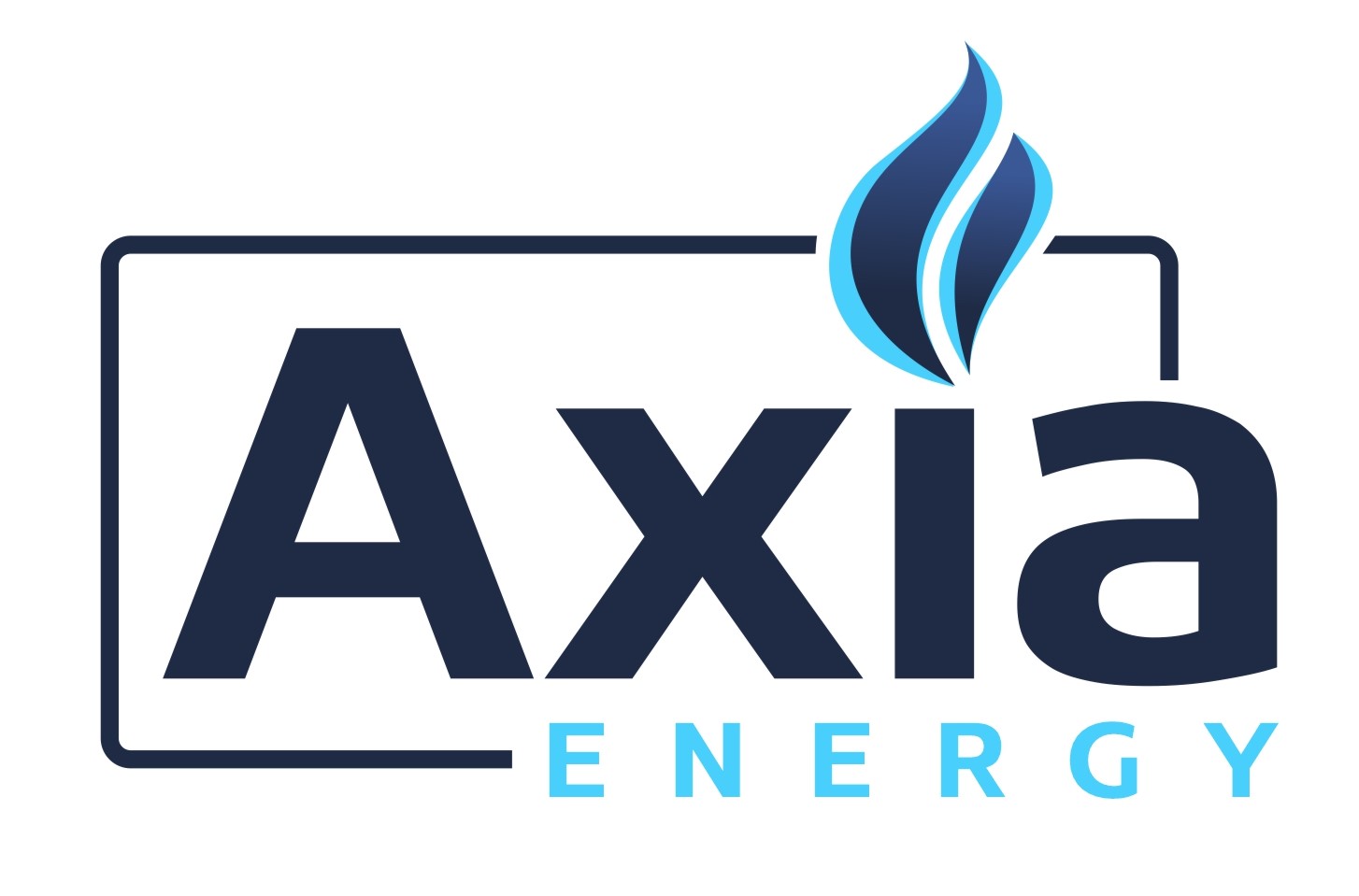Seamless Coordination Between Field Teams and Command Centers: The Key to Pipeline Security Efficiency

In the oil and gas pipeline industry, the margin between safety and catastrophe often lies in how fast and effectively teams can respond to evolving threats or anomalies. Whether it’s a leak, intrusion, or operational fault, real-time coordination between field teams and command centers is crucial to maintaining the integrity, safety, and efficiency of pipeline operations.
At AXIA, we understand that pipelines can span hundreds or even thousands of kilometers, often across remote and challenging terrain. In such vast operations, the ability for field teams and command centers to operate in lockstep is not just a logistical goal, it’s a strategic necessity.
Why Coordination Matters
When response teams on the ground are isolated from the data, decisions, and direction of the command center, the result is often delayed actions, miscommunication, and increased risk. Conversely, streamlined coordination enables:
- Faster incident response
- Reduced downtime and loss
- Enhanced safety for personnel and the environment
- Improved situational awareness and decision-making
The question is: how do you build a system that connects both ends of the operation seamlessly?
AXIA’s Approach to Coordinated Operations
AXIA integrates intelligent technology with human workflows to ensure that command centers and field teams operate as one cohesive unit. Here’s how we make it happen:
1. Unified Communication Platforms
Our systems connect field personnel with command center operators through secure, real-time communication channels. Whether it’s a mobile app, handheld device, or satellite link, field agents can:
- Report status updates
- Share images, video, or data directly from the field
- Receive instant alerts and instructions
This bi-directional communication ensures that no time is lost in relaying critical information.
2. Real-Time Data Sharing
AXIA’s pipeline monitoring solutions deliver real-time sensor and event data to both the control room and field teams simultaneously. When a leak, intrusion, or equipment failure is detected, field teams are equipped with:
- The precise location of the event
- Current operational parameters (e.g., pressure, flow rates)
- Recommended response protocols
This empowers teams to take targeted, informed action immediately upon arrival.
3. AI-Driven Decision Support
Our command centers are powered by AI and machine learning algorithms that prioritize threats, suggest optimal response actions, and predict potential impacts. These insights are relayed to the field in real time, helping teams on the ground make smarter, faster decisions.
4. Training and Simulation
Effective coordination doesn’t happen by accident. AXIA supports operators with digital twin-based training that simulates real-world emergency scenarios. This helps both command and field teams practice:
- Roles and responsibilities
- Communication protocols
- Coordination under pressure
The result is a more prepared, more synchronized response team.
Conclusion
In pipeline operations, technology enables coordination, but trust and process sustain it. By bridging the gap between control rooms and the field with real-time communication, AI insights, and shared situational awareness, AXIA ensures that every team, no matter where they are, is part of the same mission—protecting your people, your assets, and the environment.
At AXIA, we build the systems that bring your operations together, so you can respond with unity and precision every time.
Want to see how AXIA can improve coordination across your pipeline network? Let’s talk.

